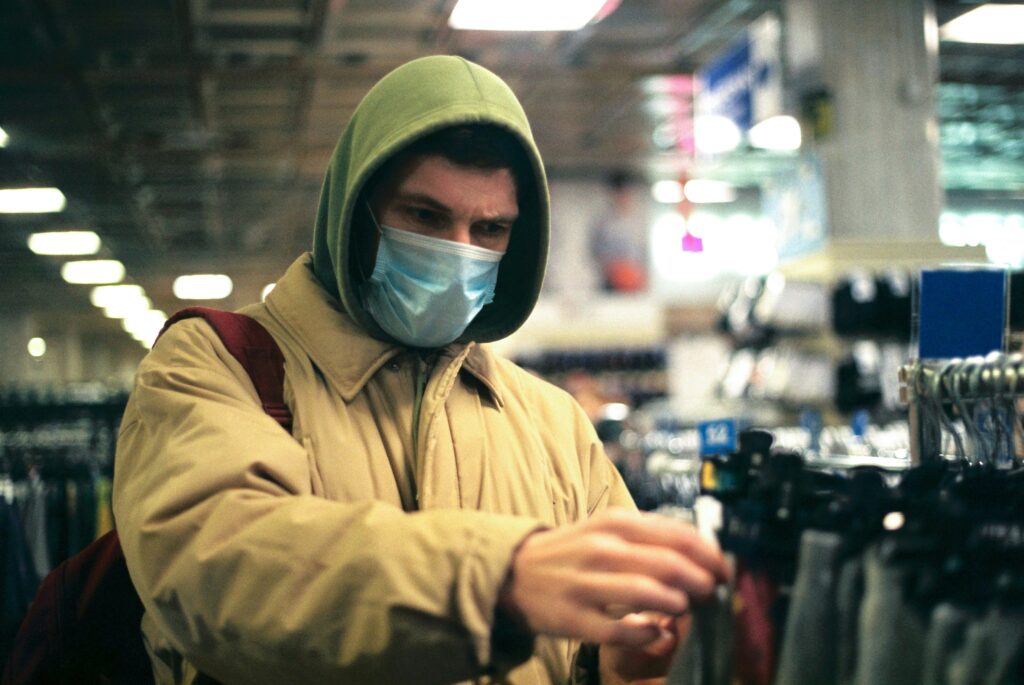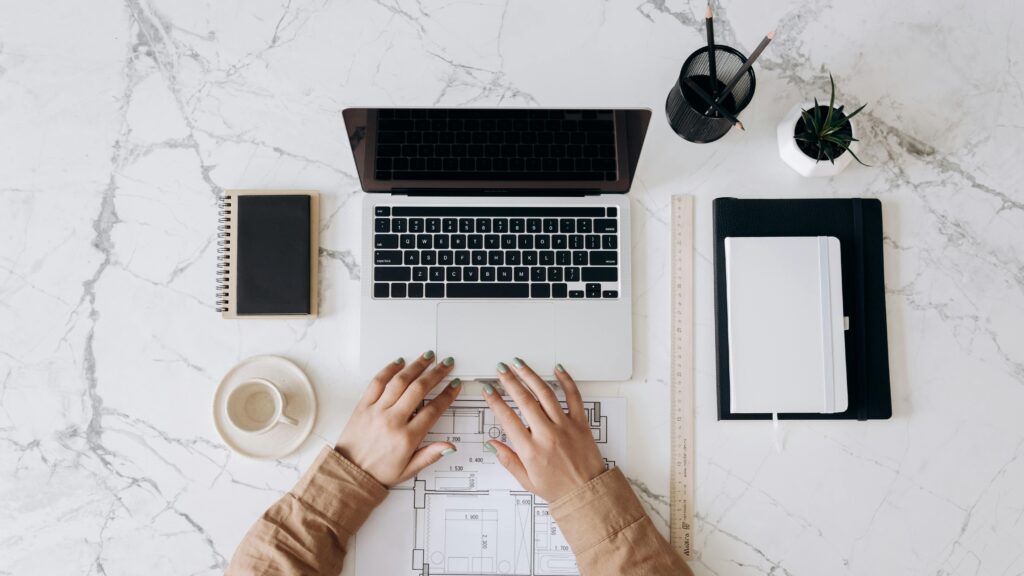
When you buy something at retail therapy, whether you need it or not, chemicals are released in your brain that make you feel good.
According to a study, 62% of consumers made purchases to lift their moods. Another 28% bought something to remember a milestone.
A majority of the customers engage in shopping for therapy. Others may not be surprised by this statistic.
We all have at least one friend who never thinks before shopping.
You are in a bad mood and don’t feel well. Your friend requests you to accompany them shopping over the phone or on a video call. You agree. Your mood improves, and you feel good.
The question now is, is retail therapy truly beneficial?
The Science of Shopping and Mood

Have you ever wondered why shopping makes you feel so good even before you make a purchase?
Dopamine, a neurotransmitter that encourages you to pursue rewards, is responsible for the rush you experience. Your brain is telling you,
“This is exciting, let’s do it again!” is more important than simply feeling good right now.
The problem is that shopping can become a habit if your brain gets too used to the happy feeling it gives you.
To feel that same excitement again, you might start shopping more often or spending more money. Over time, this can lead to stress, money problems, and even cause issues with your relationships.
Therefore, consider whether you are shopping for happiness or merely for the rush.
Emotional Spending: Can Therapy become a trap

After a stressful day, heartbreak, or a bad day, we sometimes shop to feel better. It provides a brief boost, but it quickly wears off. This emotional spending can eventually become a habit where we purchase items to deal with our emotions rather than because we need them.
This kind of “retail therapy” might seem harmless, but it can lead to guilt, money problems, and emotional ups and downs.
Some people turn to therapy for help, but if therapy just ends up justifying your spending without dealing with the real emotional causes, it can become another trap.
Ask yourself: Are you shopping to feel better, or to avoid what you’re really feeling?
Does Retail Therapy Actually Help? What the Experts Say

Retail therapy can be beneficial, but only if used sparingly. According to experts, making a small purchase can improve your mood and give you a sense of control, particularly on a bad day. It can be empowering to choose something for yourself.
The problem is that shopping can become problematic if it becomes your primary coping mechanism for stress or depression.
Afterward, you might feel bad about it or wind up overspending. Furthermore, it may conceal more serious emotional problems that require immediate attention.
So, can shopping help?
Yes, but it’s not a cure. Apply it as a small boost rather than a bandage.
Healthy Ways to Practice Retail Therapy

Do you want to enjoy shopping guilt-free? Try these easy tips:
- Establish a spending limit before you go shopping to determine how much you can afford.
- Give it a day before making a purchase. Go ahead if you still want it.
- Check your mood. Are you bored or angry when you shop?
- Choose small pleasures; they can improve your mood guilt-free.
- Eliminate temptation by logging out of apps and, if necessary, deleting saved cards.
- Make a wish list so you can save things for later and avoid impulsive purchases.
- Speak with someone. Therapy may be helpful if your primary coping mechanism is shopping.
Impact of Culture and Technology on Retail Therapy
Influencers and social media influence our purchasing decisions.
You might consider it surveillance capitalism because algorithms work this way.
But it is a fact.
Even if we don’t need a product, we are tempted to buy it after seeing it online, especially from people we follow.
This is enhanced by online shopping, which offers quick delivery and instant access. Shopping can feel great in the moment, but it often leads to buying things we don’t really need.
So, shopping might change your mood, but it will also last only till the last purchase. Besides, many capitalist opportunists may benefit from it. They get rich, and you lose your last savings, too.
Conclusion:
In conclusion, even though spending money can temporarily improve mood, give people more self-confidence, and strengthen social ties, it’s important to be mindful of any potential negative effects.
The act of purchasing for pleasure, motivated by emotions, is known as retail therapy. It is a means of relieving stress or taking pleasure in doing and possessing something unique. It might trigger mood-enhancing neurotransmitters like endorphins and dopamine.
However, the rush of shopping for new things can easily become addictive. Recognize irrational desires to shop all the time despite the consequences.
FAQs
Why does shopping make you feel better?
Shopping can give you a quick boost of happiness. That’s because dopamine, the “feel-good” chemical, is released by your brain. It also makes you feel like you’re in control, even if just for a little while.
That’s why buying something new can feel like a small win on a tough day.
How to control emotional spending?
To manage emotional spending, first notice what triggers it, like stress or boredom. Then try healthier ways to cope, like walking or talking to someone instead of shopping.


